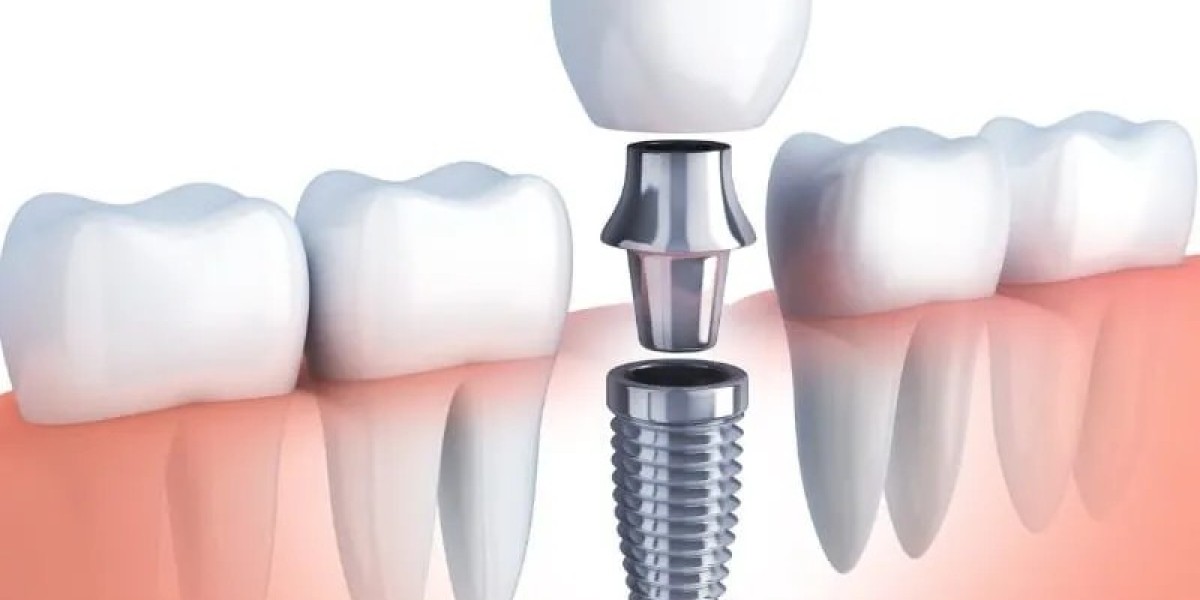Periodontal therapy is a crucial aspect of dental care aimed at treating and managing gum disease, a prevalent oral health condition that affects millions of people worldwide. This comprehensive guide explores the importance of periodontal therapy, its various treatment options, and how it can help restore gum health and prevent complications.
1. Understanding Gum Disease:
- Gingivitis: Gingivitis is the early stage of gum disease characterized by inflammation of the gums due to plaque buildup along the gumline. Symptoms include red, swollen gums that may bleed during brushing or flossing.
- Periodontitis: If left untreated, gingivitis can progress to periodontitis, a more severe form of gum disease that affects the supporting structures of the teeth, including the gums, bone, and Family Dentistry periodontal ligaments. Periodontitis can lead to gum recession, tooth loss, and systemic health problems if not properly managed.
2. Importance of Periodontal Therapy:
- Halting Disease Progression: Periodontal therapy aims to stop the progression of gum disease by removing plaque and calculus (tartar) buildup from the teeth and gums, reducing inflammation, and preventing further damage to the supporting tissues.
- Preventing Tooth Loss: By addressing gum disease in its early stages, periodontal therapy can help prevent tooth loss and Children's Dentistry preserve the natural teeth, thereby maintaining oral function and aesthetics.
- Improving Oral and Overall Health: Research suggests a link between gum disease and systemic conditions such as heart disease, diabetes, and respiratory problems. By treating gum disease, periodontal therapy may contribute to better overall health outcomes.
3. Periodontal Therapy Procedures:
- Scaling and Root Planing: Also known as deep cleaning, scaling and root planing involves removing plaque and calculus deposits from below the gumline and smoothing the tooth roots to eliminate bacteria and Dentistry for Children and Teens promote gum healing.
- Gum Surgery: In advanced cases of gum disease, surgical interventions such as flap surgery, bone grafting, and guided tissue regeneration may be necessary to repair damaged gum tissue, reduce pocket depths, and regenerate lost bone support around the teeth.
- Antibiotic Therapy: Antibiotics, either in the form of oral medications or topical treatments, may be prescribed to control bacterial infection and promote healing following periodontal procedures.
4. Maintenance and Follow-Up:
- Home Care: Good oral hygiene practices, including daily brushing, flossing, and Dentistry for Adults using antimicrobial mouth rinses, are essential for maintaining gum health and preventing the recurrence of gum disease.
- Regular Dental Visits: Patients who undergo periodontal therapy require regular follow-up visits with their dentist or periodontist to monitor gum health, perform professional cleanings, and assess the effectiveness of treatment.
- Lifestyle Modifications: Quitting smoking, managing stress, and Dental Sealants adopting a healthy diet can also support gum health and enhance the success of periodontal therapy.
Conclusion: Periodontal therapy is a vital component of comprehensive dental care, offering effective treatment options for gum disease and promoting optimal oral health. By addressing gum inflammation, reducing bacterial infection, and restoring gum and bone health, periodontal therapy helps patients maintain healthy smiles and Orthodontic Screenings may contribute to better overall well-being. If you're experiencing symptoms of gum disease or have concerns about your gum health, consult with a qualified dental professional who can recommend appropriate periodontal treatments tailored to your individual needs.



